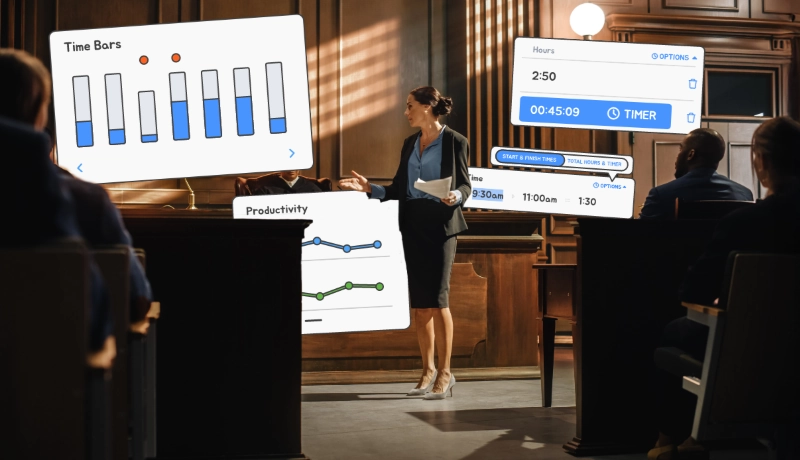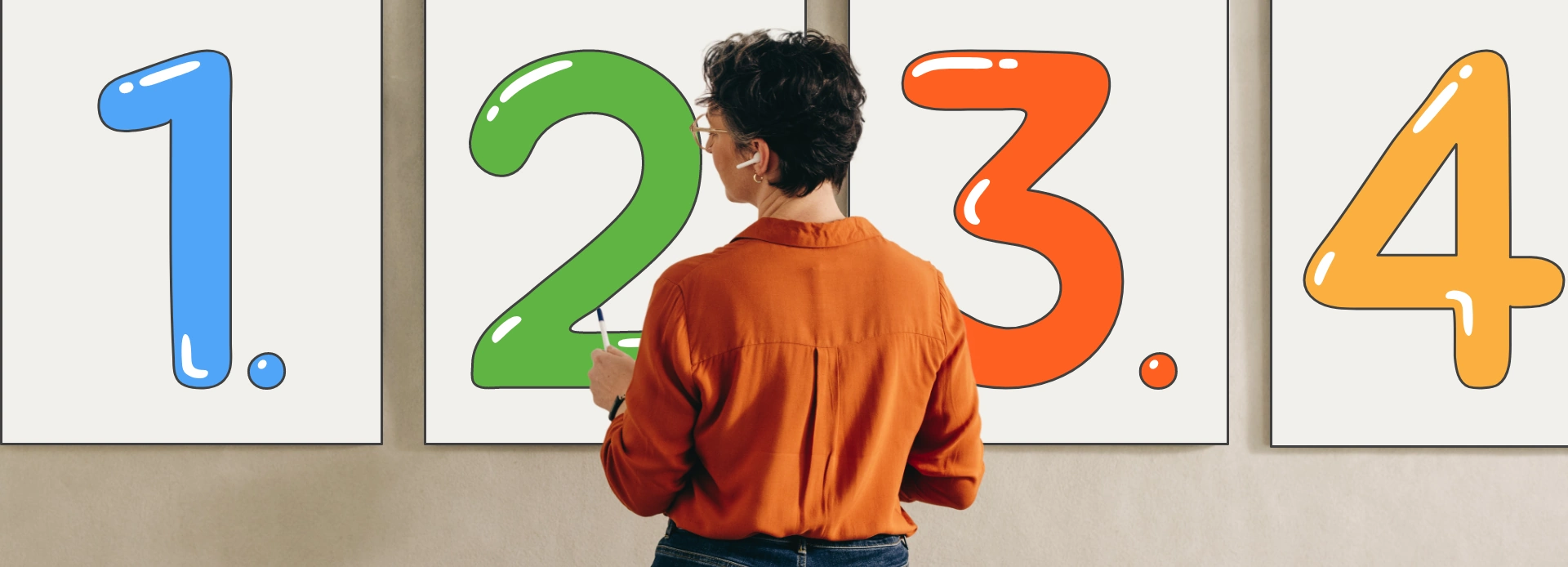How To Implement The 1-3-5 Rule
How To Implement The 1-3-5 Rule In Your Work Day
Implementing effective productivity methods into your daily workflow can significantly enhance your efficiency and overall job satisfaction. One increasingly popular approach is the 1-3-5 rule, a straightforward yet powerful time management technique designed to prioritize tasks and maximize productivity. By strategically organizing tasks, you can efficiently manage your day, ensure critical tasks are completed, and leave room for unexpected tasks thrown your way.

Understanding The 1-3-5 Rule
At its core, the 1-3-5 rule is a time management method that organizes your daily tasks into three distinct categories:
- One major task
- Three medium tasks
- Five small tasks
This structure helps you prioritize tasks clearly, ensuring that not all tasks receive equal weight, but rather, each is treated according to its urgency and importance.
Why The 1-3-5 Rule Works
Task prioritization can be challenging at the best of times, particularly when facing an overwhelming task list. The 1-3-5 rule simplifies the chaos by categorizing tasks into clear and manageable segments. The major task is typically your highest priority, something that requires significant attention and effort. Medium tasks are those important tasks that still need careful focus, while small tasks typically include quick wins or minor actions necessary for maintaining productivity.
This clear categorization boosts your ability to stay focused on just those nine items, preventing distractions from additional unexpected tasks. Maintaining a tight yet achievable daily plan increases both productivity patterns and job satisfaction, as each completed task provides motivation and momentum throughout the day.
Stepr To Implementing The 1-3-5 Rule
Step 1: Identify your tasks
Start by creating a comprehensive to do list, noting down everything you aim to accomplish for the day. Be thorough, as a complete list will ensure nothing significant is overlooked.
Step 2: Prioritize tasks
Next, categorize your tasks based on their priority and urgency. This is a crucial step in organizing tasks effectively:
- Major task: Choose one task that significantly impacts your goals or deadlines. It should be the most important, possibly the most challenging, but also the most rewarding.
- Medium tasks: Select three medium tasks that are important but manageable within a moderate timeframe. These often support your major task or have looming deadlines.
- Small tasks: Finally, choose five small tasks that are easy to complete. These tasks could involve responding to emails, minor administrative duties, or quick follow-ups.
Step 3: Schedule tasks into your day
After categorizing tasks, assign specific times to complete each item. Schedule the major task when your energy and focus levels are highest, typically at the beginning of your workday. Distribute medium tasks evenly throughout your day, interspersed with smaller tasks as breaks or transitional activities to help maintain focus.
Dealing With Unexpected Tasks
In reality, unexpected tasks will inevitably surface during your day. Effective task management requires flexibility within your structured approach. Rather than leaving task slots blank, plan strategically:
- Evaluate unexpected tasks based on urgency and relevance.
- Determine whether these tasks can replace any previously scheduled small tasks.
- Only rearrange your schedule for genuinely urgent tasks that directly impact your critical tasks.
This flexible approach ensures that unexpected tasks don't derail your productivity, allowing you to maintain overall momentum.
Maximizing Productivity Using The 1-3-5 Rule
Effective use of the 1-3-5 rule extends beyond mere task organization. To maximize productivity:
- Stay disciplined: Stick to your plan as closely as possible, limiting distractions.
- Review regularly: At the end of each day, review your completed tasks and reflect on productivity patterns. Adjust future task prioritization accordingly.
- Adapt your method: Recognize your peak productivity times and organize tasks based on these insights to maximize your output.
Common Pitfalls To Avoid
While the 1-3-5 rule is straightforward, users occasionally stumble upon common pitfalls:
- Misclassifying tasks: Ensure tasks are correctly categorized. A big task mistakenly labeled as a small task could disrupt your entire plan.
- Ignoring urgency: Always factor in deadlines when prioritizing tasks, ensuring timely completion of critical tasks.
- Overcommitting: Be realistic about what constitutes a medium or small task. Avoid overloading your list, as this defeats the purpose of simplifying task management.
The Psychological Benefits
Implementing the 1-3-5 rule is not merely about task efficiency; it's also beneficial psychologically. Completing your major task early in the day can significantly boost confidence, generating momentum that propels productivity. Each subsequent completion of medium or small tasks further reinforces positive feelings, ultimately enhancing job satisfaction and reducing stress.
Integrating Technology
Several digital productivity tools support the implementation of the 1-3-5 rule by helping organize tasks effectively and track progress throughout the day (like, ahem, Hourly).
Tools like Trello, Todoist, and Asana can also be customized to reflect this prioritization method, providing alerts, reminders, and visual aids that help maintain structure and accountability.
Real-Life Application Example
Consider an example from a typical professional day:
- One major task: Finalize and submit an important client proposal.
- Three medium tasks: Draft a project update, attend a key stakeholder meeting, and review the week's productivity report.
- Five small tasks: Respond to urgent emails, organize desktop files, schedule next week's team check-ins, confirm appointments, and make a quick follow-up call.
By clearly laying out tasks in this format, your daily plan becomes achievable and structured, significantly reducing the chances of oversight or procrastination.
Maintaining Long-Term Effectiveness
The effectiveness of the 1-3-5 rule relies on consistent application. To sustain productivity:
- Continuously evaluate and refine your approach based on daily successes and challenges.
- Remain flexible enough to accommodate shifting priorities without sacrificing the integrity of the method.
- Regularly review task completion rates and identify recurring hurdles or productivity blocks, adjusting the strategy as necessary.
Adopting the 1-3-5 rule in your daily workflow can transform how you manage your day, prioritize critical tasks, and respond to unexpected tasks effectively. By clearly categorizing tasks, staying disciplined, and regularly reviewing your productivity patterns, you enhance both your efficiency and job satisfaction. With practice, this structured approach to task management will become second nature, empowering you to maintain focus, reduce stress, and consistently achieve your daily goals.















